Fiskepudding
Fish pudding, luckily not a desert, and fortunately a much tastier prospect in reality than it looks on paper or in its packaging.
The only bad thing about this Norwegian favourite is that it’s perhaps a bit plain. Fiskepudding is a kind of stuffing made from white fish, flour, milk, and spices.
Fish pudding can also be served with a cream sauce, and when served as such, is called Fløtepudding.
Fish pudding is usually accompanied by boiled potatoes, grated carrots, fried onions and more.
It’s similar in taste and texture to fiskboller or fiskburgers, meaning if you like those, you certainly won’t have a problem with fish pudding.
It’s fairly common in Norway, and you’ll find it in most supermarkets if you fancy giving it a go.
Rømmegrøt
Rømmegrøt is a sour cream porridge typically eaten on special occasions. The porridge is made from sour cream, whole milk, wheat flour, butter and salt. The recipe differs slightly depending on which part of Norway you are in.
It’s typically served with butter, sugar, cinnamon and cream. It’s a smooth, sweet and savoury dish with a similar texture to Greek yoghurt, albeit warm Greek yoghurt.
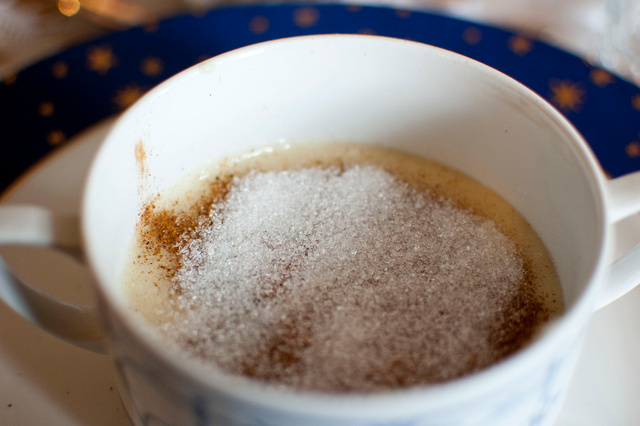
It can be a bit rich and is undoubtedly very filling, so it’s worth opting for a small dish if it’s your first time.
The dish isn’t just loved in Norway. In Westby Winsconsin, a small town with a lot of Norwegian heritage, there is an annual Rømmegrøt eating contest.
Rømmegrøt can either be made at home or be bought ready-made from almost all supermarkets in Norway.
Brunost
Brown cheese is a caramelised, sweetened goats cheese that, as a standalone product, probably sounds quite appealing to the average cheese lover. It would be impossible to spend any time in Norway without coming across this local delicacy.
It’s how the Norwegian cheese is usually served, which puts some people off. Take havrevafler (savoury oat waffles) or sveler (thick Norwegian pancakes), for example. Both of these dishes are traditionally served with brown cheese, sour cream and jam.
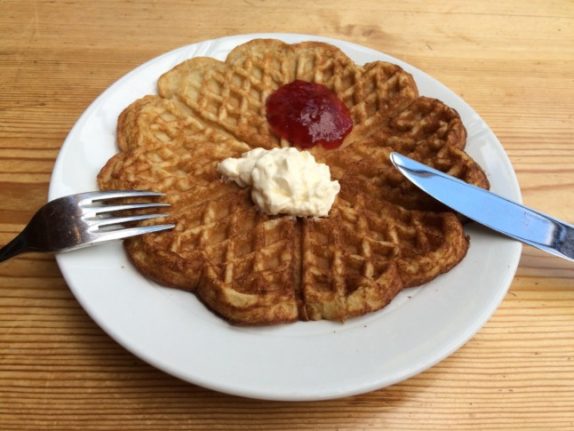
While this combination may not sound too appealing, it’s an essential meal for anyone wanting to experience Norwegian food culture. It is a tasty, well-balanced combo that works surprisingly well.
Pinnekjøtt
Translated to meat on a stick, Pinnekjøtt is one of several dishes you may find on the menu if you opt for Christmas dinner in Norway. The dish is eaten all over Norway but is more commonly found in Western and Northern Norway.
The dish is comprised of boiled and smoked lamb ribs, sausages, potatoes and pureed swedes.
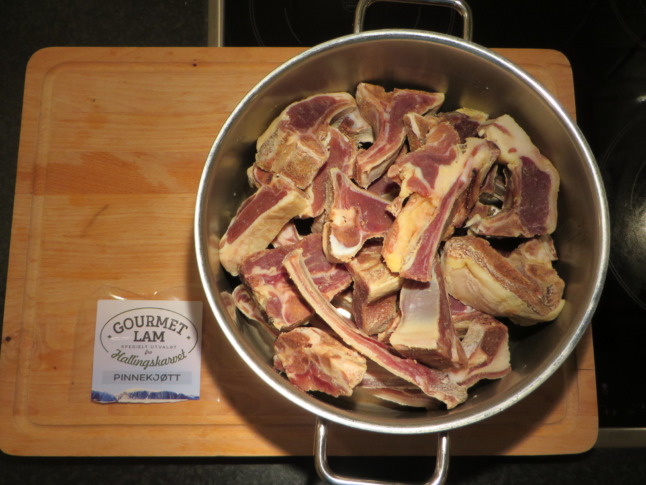
The lamb ribs are the highlight of this meal and are tender and tasty when properly cooked, although they are also incredibly rich, meaning once a year is probably enough for this yule time staple.
READ ALSO: Ten aspects of Norwegian culture foreigners need to embrace
Kaviar
Kaviar, smoked cod roe that is creamed and put into tubes can be found in every supermarket in Norway and almost every fridge.
While it may not sound very nice, this is a popular snack or breakfast, typically served on bread or crispy bread (knekkebrød).
Kaviar has a strong salty taste, with a distinct smell that may put some people off, but it’s certainly worth giving a go.
Lutefisk
It won’t shock you to hear that Lutefisk is our pick for the Norwegian food that is as bad as it sounds.
Lutefisk is a dried white fish pickled in lye and rehydrated before eating in case you haven’t heard of it.
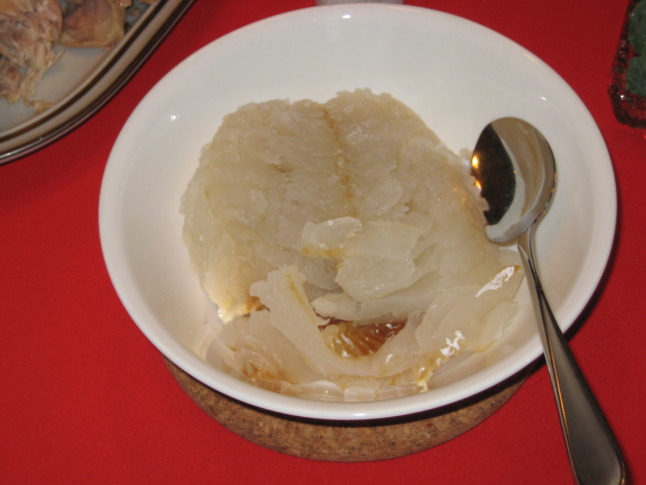
It’s almost exclusively served as part of a Christmas feast or julebord.
Lutefisk is traditionally dished up with boiled potatoes, green peas and bacon.
The smell of Lutefisk is strong and pungent with a sour ammonia aroma. The fish itself has a very mild taste, but its gelatinous texture is what puts many people off of trying the fish again.

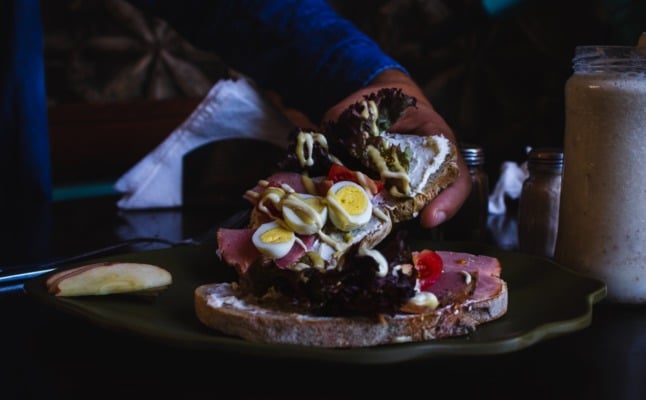
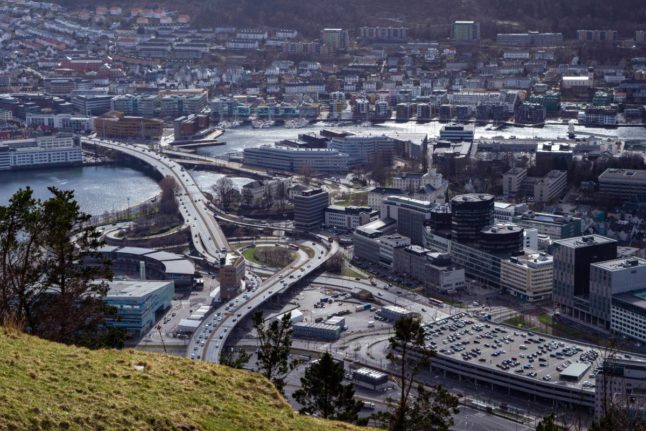
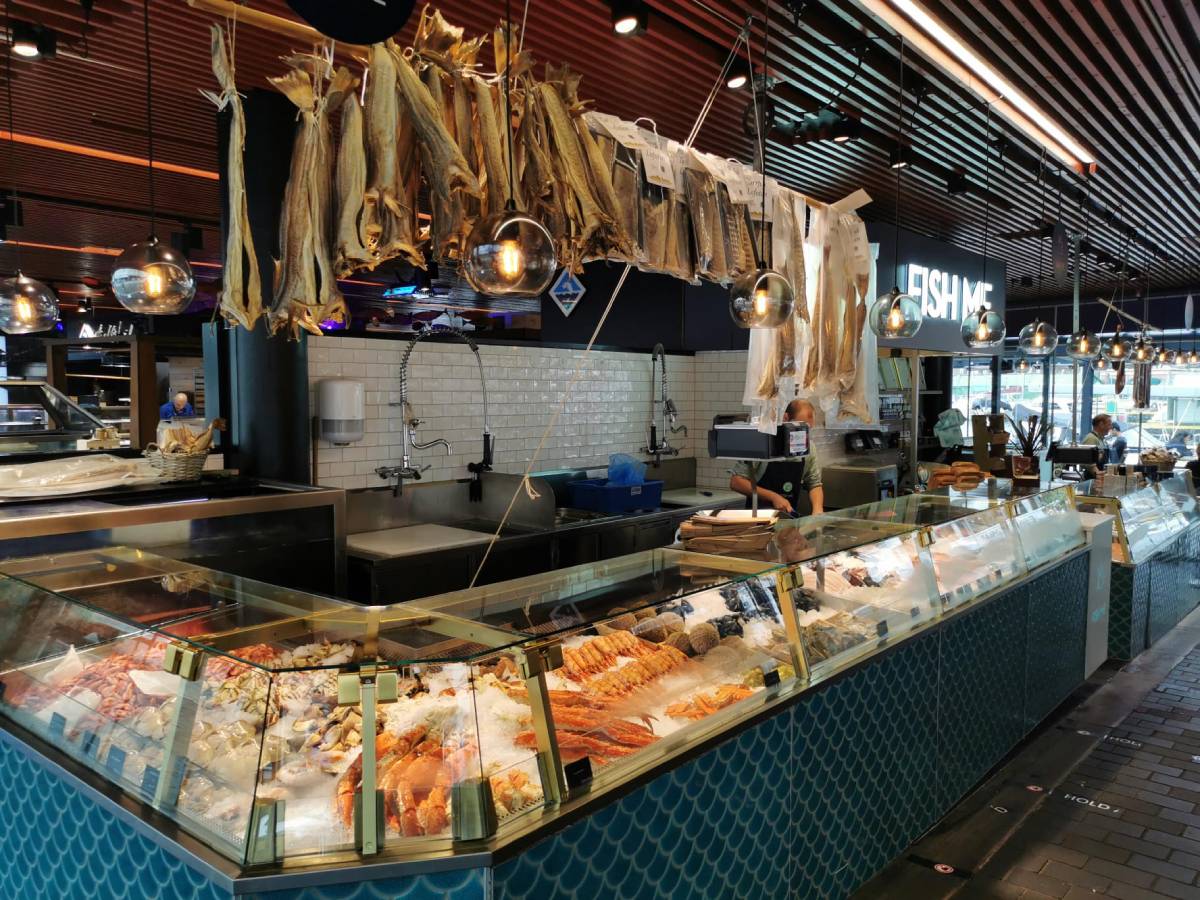
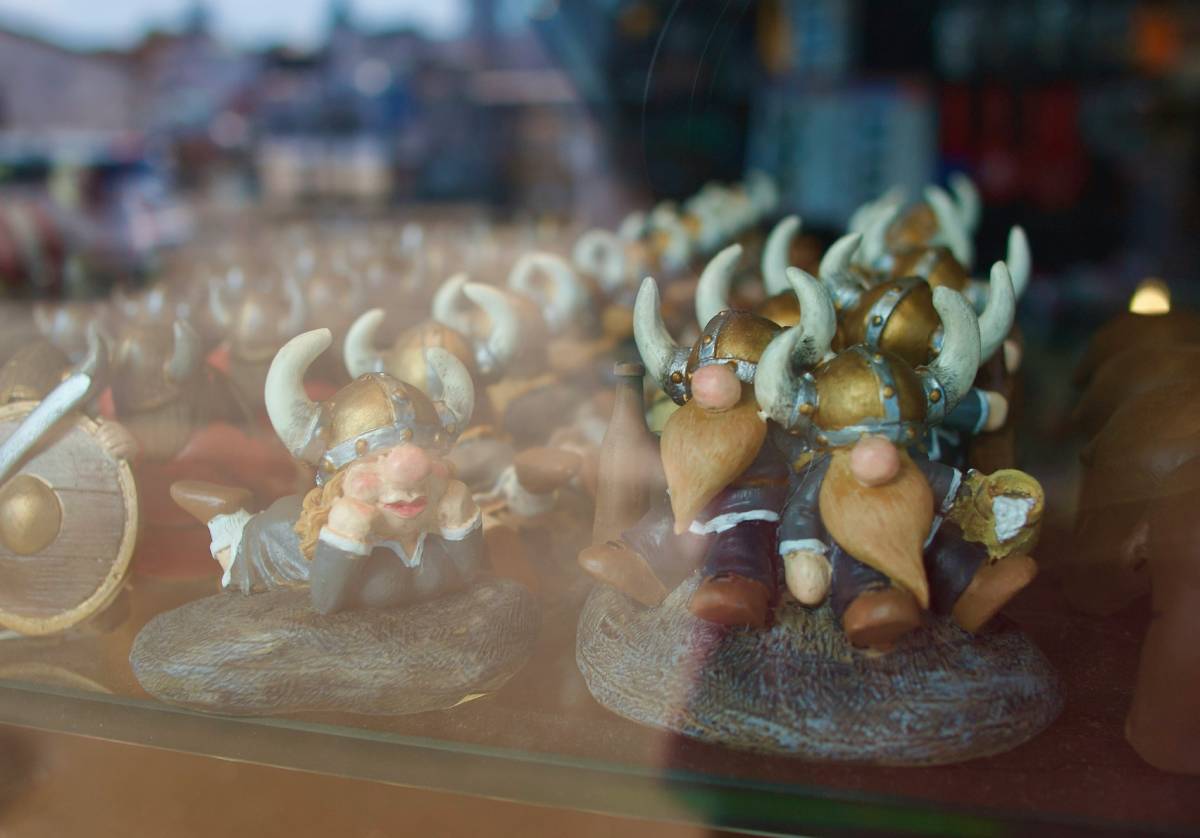

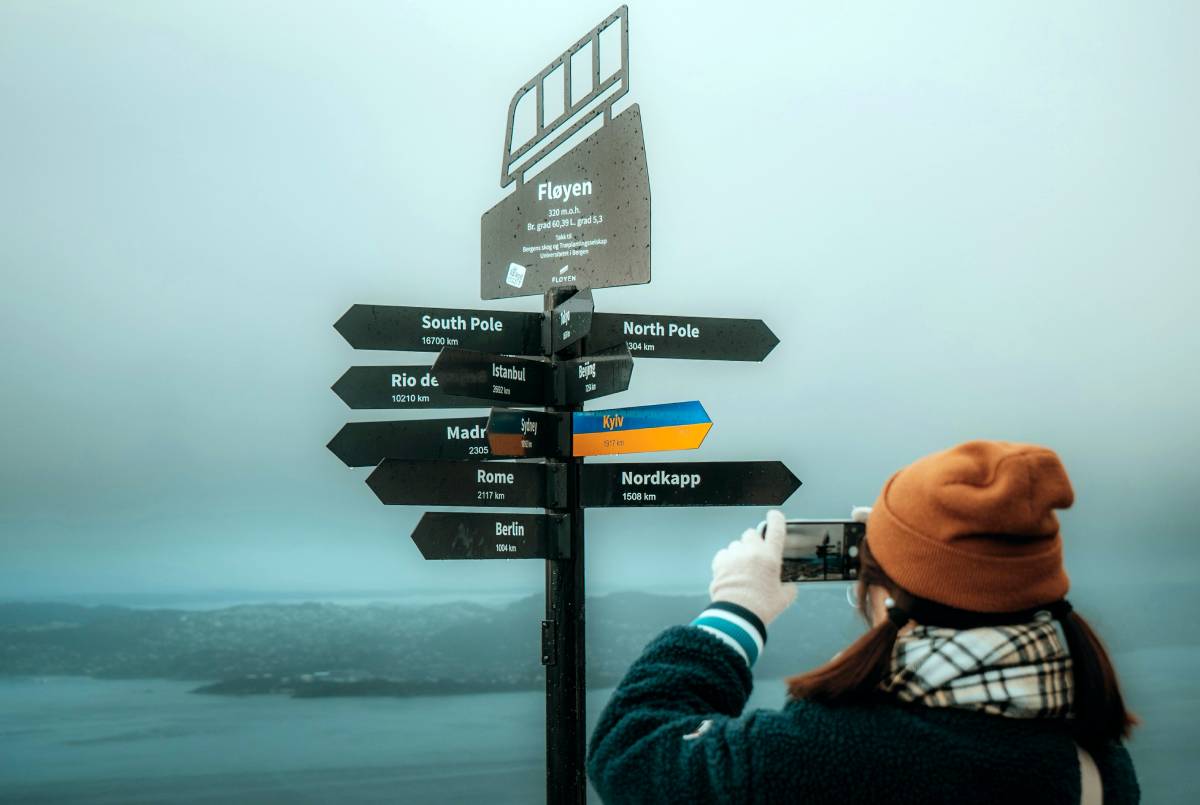
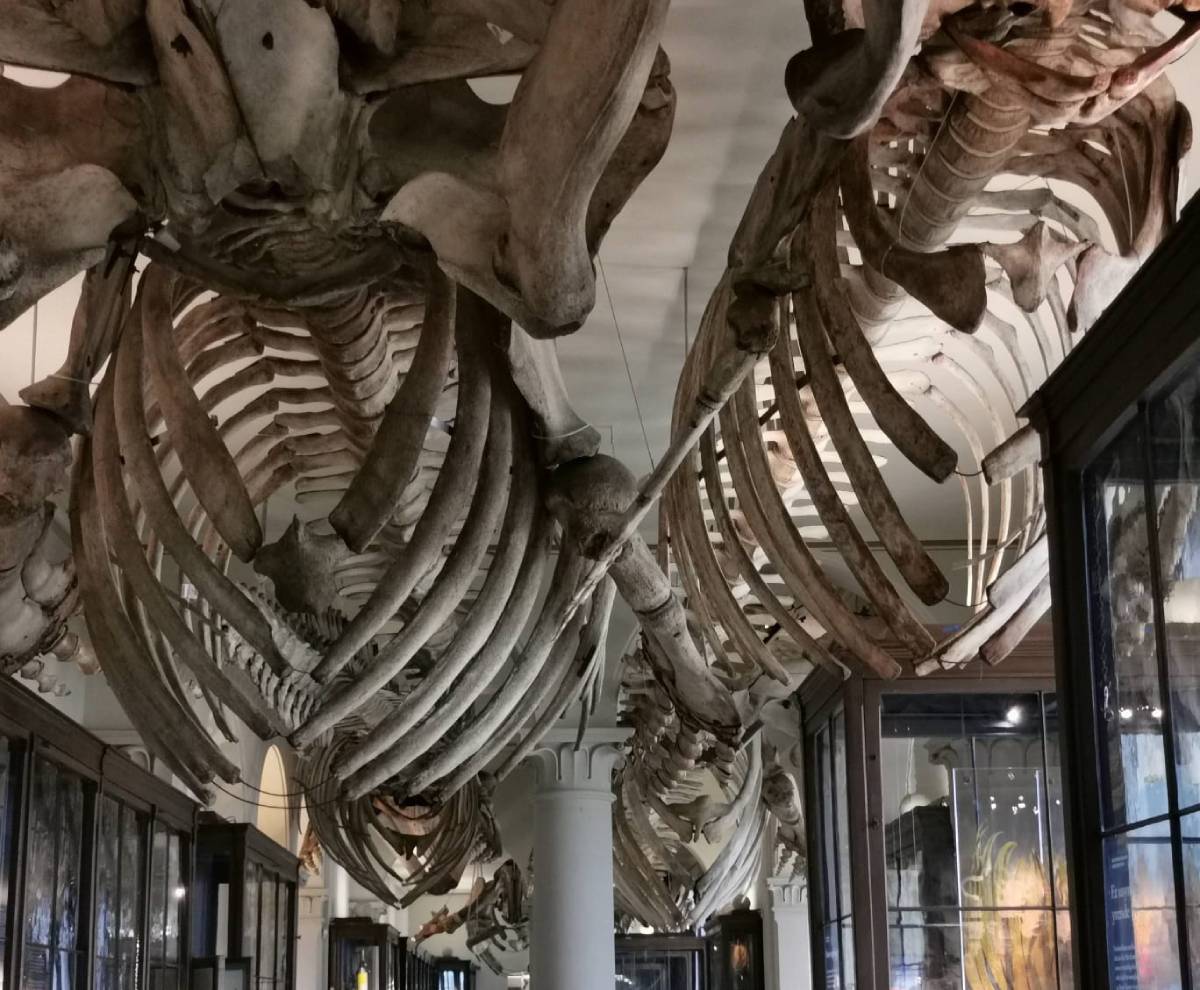
 Please whitelist us to continue reading.
Please whitelist us to continue reading.
Member comments